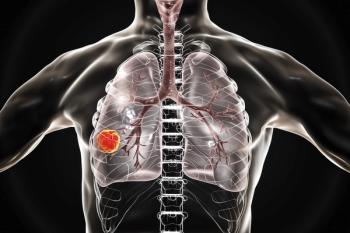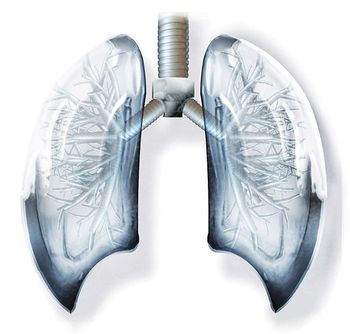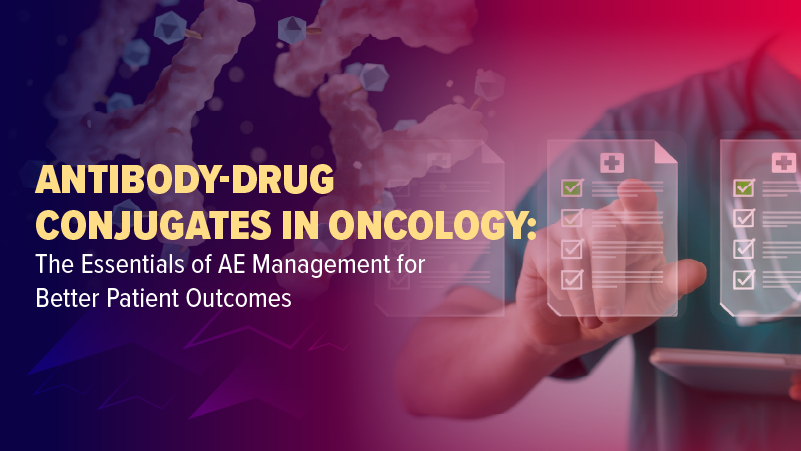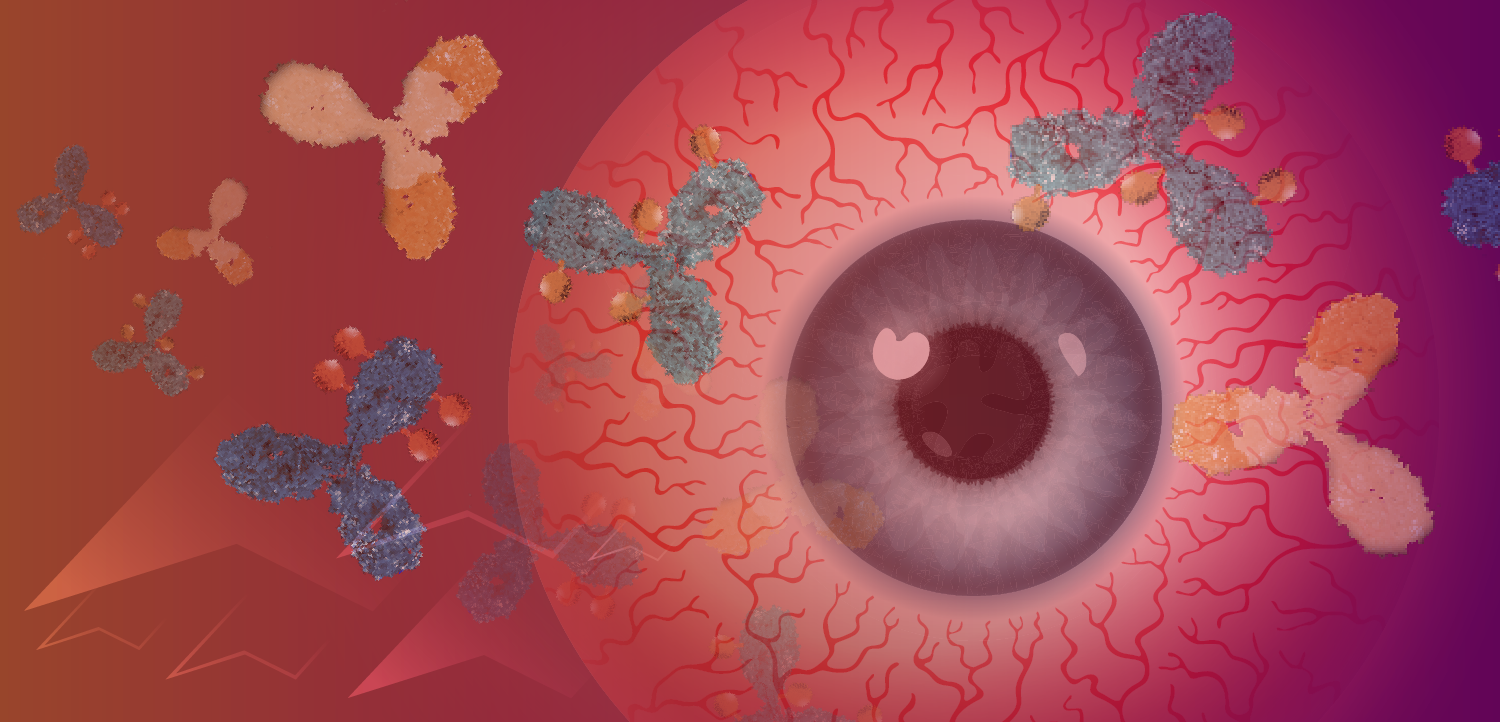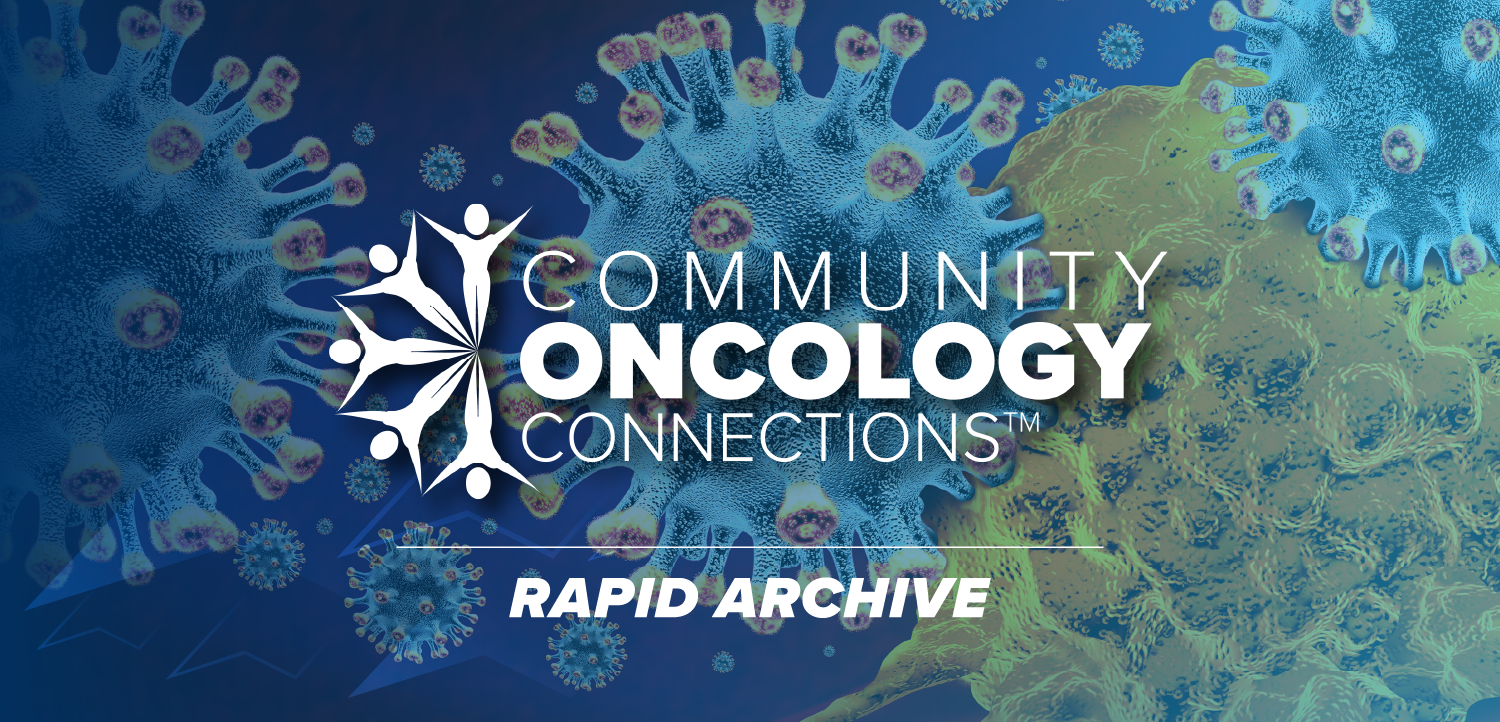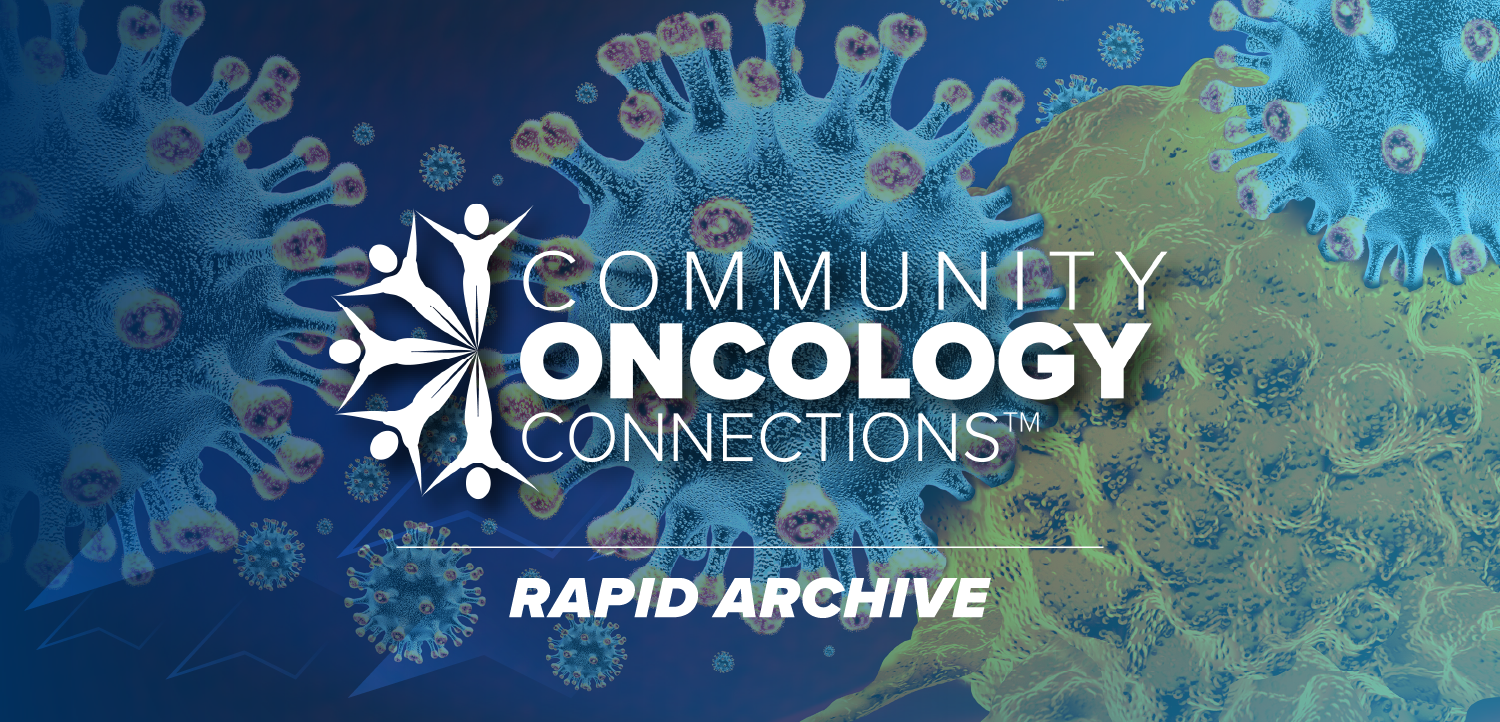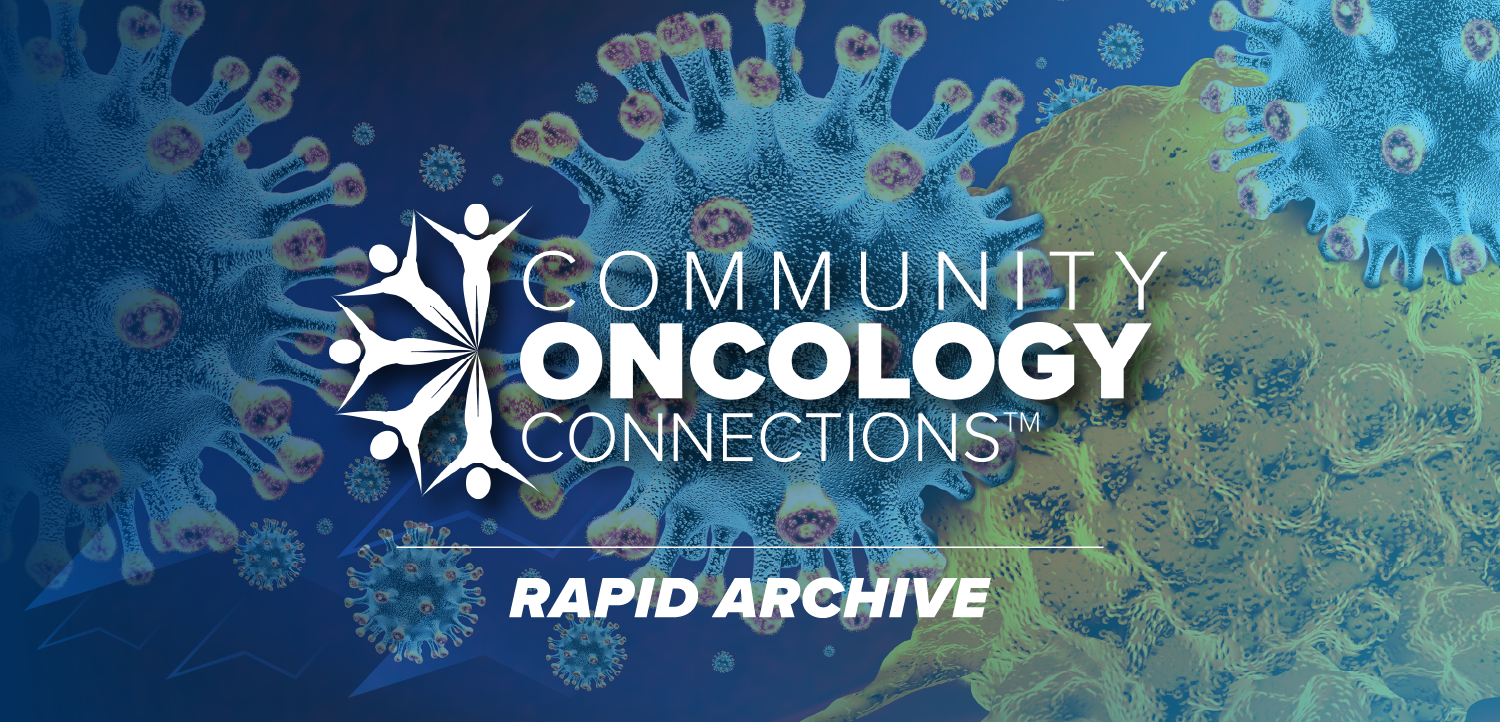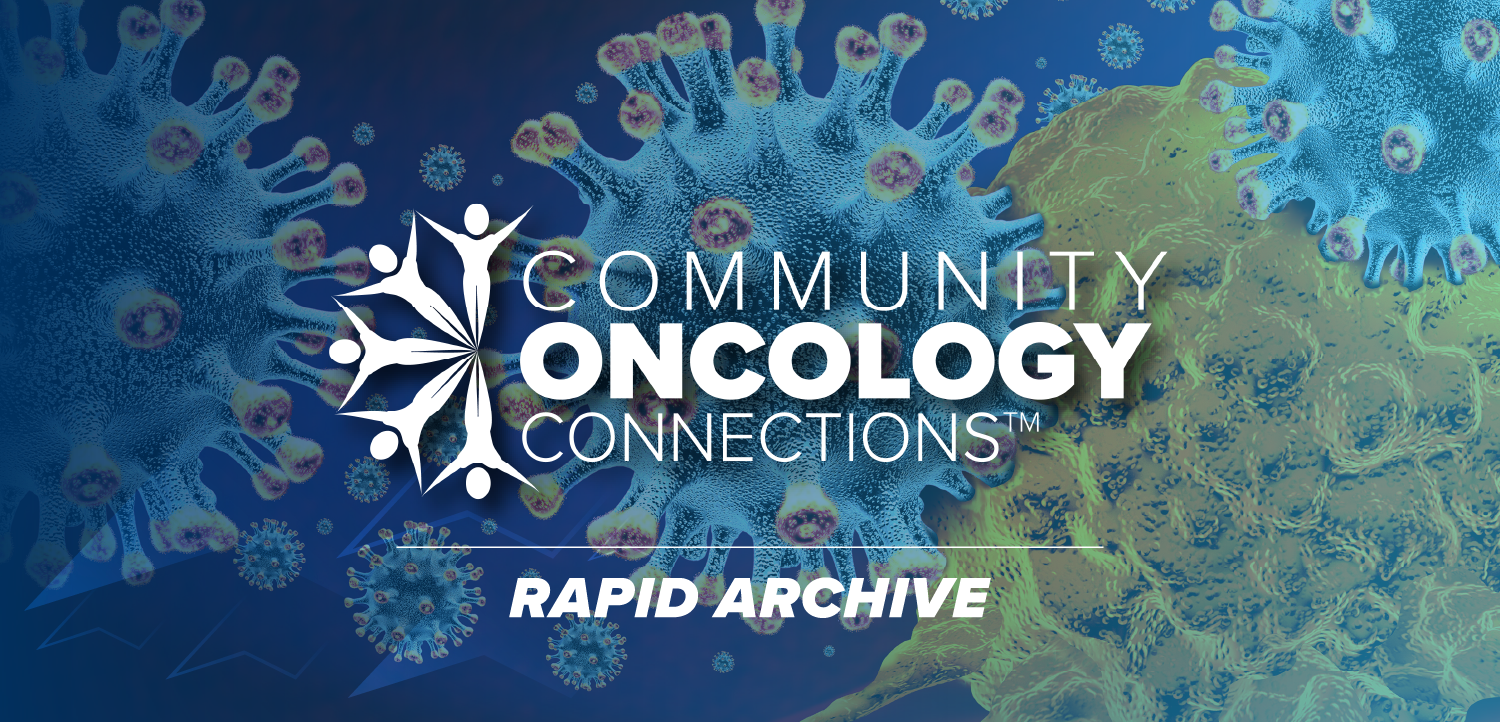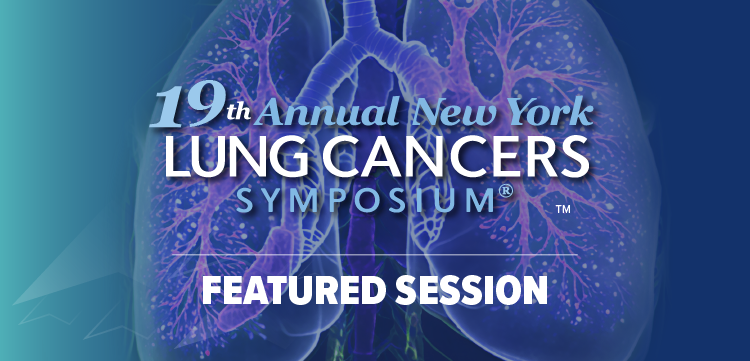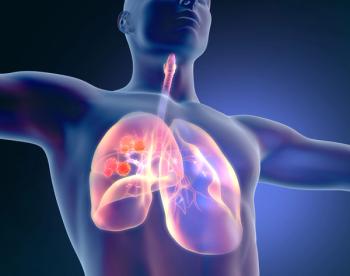
- Oncology NEWS International Vol 7 No 7
- Volume 7
- Issue 7
Combination More Effective Than High-Dose Cisplatin in NSCLC
HAMBURG, Germany--Increasing cisplatin dose intensity was less effective than combining standard cisplatin (Platinol) with paclitaxel (Taxol) in a multicenter multinational study of advanced non-small cell lung cancer (NSCLC) reported at ASCO.
HAMBURG, Germany--Increasing cisplatin dose intensity was less effective than combining standard cisplatin (Platinol) with paclitaxel (Taxol) in a multicenter multinational study of advanced non-small cell lung cancer (NSCLC) reported at ASCO.
Ulrich Gatzemeier, MD, of Hamburg, said that patients treated with paclitaxel/cisplatin had higher response rates and longer time to disease progression than those on high-dose cisplatin.
The investigators studied 414 patients with advanced NSCLC who had not received previous chemotherapy.
Patients were randomized to single-agent high-dose cisplatin (100 mg/m²) or combination paclitaxel and standard-dose cisplatin (paclitaxel 175 mg/m² by 3-hr infusion, followed by cisplatin 80 mg/m²). Courses were repeated every 3 weeks. Median follow-up was approximately 20 months.
As might be expected, patients were significantly less able to tolerate the high-dose cisplatin regimen (median of 3 courses) than the standard-dose combination regimen (median of 5 courses).
"The major explanation for this difference might be that in the protocol we had stop rules for the high-dose cisplatin," Dr. Gatzemeier said. "In case of grade 1 renal toxicity and grade 2 neurotoxicity, the treatment had to be stopped."
Dr. Gatzemeier reported overall response rates in patients with measurable disease of 26% for cisplatin/paclitaxel vs 17% for high-dose cisplatin (P = .0001). The time to progression was also significantly longer for cisplatin/paclitaxel (median, 4.1 months vs 2.7 months, P = .026). Median survival and 1-year survival were not significantly different between the two arms (8.1 vs 8.6 months, and 30% vs 36%, respectively).
Dr. Gatzemeier said that there was crossover to second-line therapy when disease progressed, and that some patients on single-agent cisplatin did receive a taxane. "This could have contributed to the similar survival rates between the two arms, despite the higher response rate with the combination."
Dr. Gatzemeier reported that there were no significant differ-ences in nonhematologic toxicities between the two arms. "The paclitaxel/cisplatin arm resulted in quality of life improvements in certain symptom scales and physical functioning," he said.
Articles in this issue
over 27 years ago
Calling the National Cancer Instituteover 27 years ago
Six Cycles of AT Found Safe in Advanced Breast Cancerover 27 years ago
New Drug Promising in Advanced Pancreatic Cancerover 27 years ago
Herceptin/Chemo Effective in Metastatic Breast Cancerover 27 years ago
Virtual Reality Exhibit Simulates Cancer Fatigueover 27 years ago
New Director of AIDS Researchover 27 years ago
Exhibit Explores Healing Power of Creating Artworkover 27 years ago
Update on Trials of Thrombopoietin for Platelet Recoveryover 27 years ago
Amifostine Reduces Xerostomia After RT for Head and Neck Cancerover 27 years ago
National Survey Documents Gap in Quality of HIV/AIDS CareNewsletter
Stay up to date on recent advances in the multidisciplinary approach to cancer.




